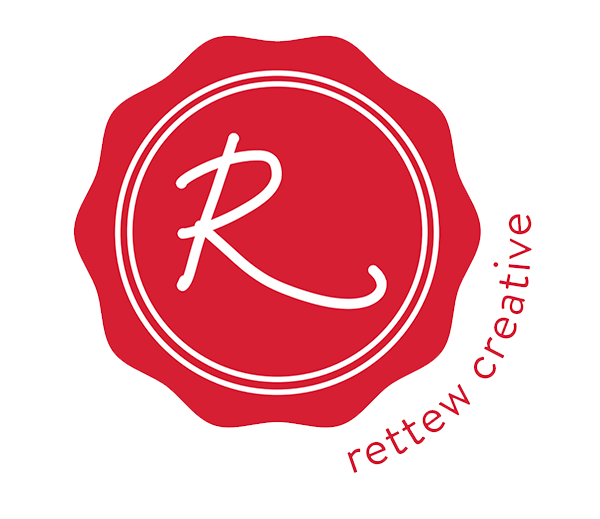I just read a blog post from Mickey Plyler concerning the future retirement of Clemson’ Athletic Director. In his article, he built an argument articulating what the new leadership will “have” to look like when Mr. Terry Don Phillips retires.Regardless who follows, big shoes to fill.
Plyler states in his blog:
“Social media has become a bigger part of athletic departments across the country and Clemson needs an upgrade. Schools are trying to control the message more now than ever and Clemson needs a progressive thinking business person that understands how to create a brand in the modern business world.”
Guess what Mickey…this applies to more than just Clemson Athletics, it applies to many large organizations across the country. As I sat through a strategic meeting for a large organization yesterday, this all day conversation surrounded social media. To quote a person in the room…“It is a culture change.” I agree.
Organizations are having to trudge through a culture change from the leadership all the way down to those who are on the ground level. And it is not just social media or even the digital media strategy, it is an integrated communication approach. Social and digital media are no longer just a tool in the tool box, they are integrated strategies that warrant just as much, if not more, attention that your traditional marketing efforts. (This statement depends on organization and audiences goals.)
To be blunt, it is time for organizations to start curating content ONLY for social and digital efforts. Why…the audiences are looking for this content.
Look at Audi and this year’s Super Bowl, they created content specifically for the social space. They used the #SoLongVampires hastag in the Super Bowl ad that received over 2 million YouTube views and tens of millions of Twitter impressions a week after the ad appeared during the game.
After the 2012 Super Bowl, Murrey Newlands wrote: “Capitalizing on vampiremania, they showed an Audi driving up to a vampire bonfire party and accidentally frying the vampires with its powerful headlights! The vampires immediately turned to ash, (unlike TrueBlood vampires who for the most part slowly burn to death once exposed to the Sun).”
They built excitement for their target demographic around the Audi brand, and it is still paying dividends with over 7 million YouTube views to date! That is what I can integrated marketing.
Look at GoPro and their photo of the day initiative on Facebook. Each day, they share a photo of the day from one of their fans using their GoPro camera. LOVE IT! Talk about engagement, they have over 3 million fans and people love their product. This effort is all on Facebook.
Organizations are learning that it is no longer “just” a push marketing mentality. Brand management involves building community and leveraging word-of-mouth efforts. For the first time, social and digital media efforts provide an opportunity to engage digital word-of-mouth and a measurable outcome. We can build a community and track success. We can build sustainable efforts leveraging online tools and use them in specific tactical methods, then look back and see how we performed.
Organizations are also learning…they must take control of their own brand. Ed Bennet who manages web operations at the University of Maryland Medical Center (UMMC) understood this strategy. He brought all web/social/digital efforts in-house. He built a team, he built a culture, and how is a leader in the hospital digital media space.
The Clemson Family is a large family and they engage in many online communities. It is obvious if you look at the Clemson University main Facebook Page and Alumni Page. And even though many organizations like Clemson Athletics have built many online communities, it is now time to really see if they can build sustainable efforts. No more just pushing the message to a group, but engaging in online conversation.
It is a culture shift, not only for leadership but for those working these efforts on the ground level.

